In the mind of popular culture, chemistry is about toxic spills, television drug dramas and pollution. It’s not exactly the best reputation for a science to have, so it might be surprising to learn that organic chemistry students spend their lab time with tea and aromatic spices.
The process actually isn’t all that complicated. Cloves or cinnamon are ground up and boiled in a distillation setup, and the collected distillate has unpurified essential oils, either eugenol from cloves or cinnamaldehyde from cinnamon.
The other part of the lab had students boiling simple black tea. The goal is the most consumed drug in the world: caffeine.
The students then focus on purifying their products, collectively known as aromatic compounds. They are named as such for their characteristic chemical properties, but colloquially for their often pleasant odors.
Needless to say, it’s not exactly the “foaming at the mouth” kind of chemistry. Cinnamaldehyde is used as food flavoring agent or natural insecticide, and eugenol can be combined with zinc oxide to form a temporary dental filling. Caffeine is an essential part of any last minute study session kit.
Taylor Tufto, a premed student planning to become an anesthesiologist, says she “enjoys the variety and relevance of organic chemistry compared to general chemistry. Plus, it helps that Professor Niedzinski has funny metaphors for relationships and organic molecules.”
Organic chemistry is study of carbon containing molecules, with students learning about their reactivity, structure and how to make them. Luke Soberanis, a chemistry major, said that he appreciates learning about how “carbon makes life”.
The special thing about carbon is that it has a tendency to form connections to other molecules, including itself, forming an innumerable amount of combinations.
Carbon is in the food you eat and the clothes you wear. If you’re exhaling, you’re expelling carbon dioxide. Carbon is in your DNA. You can’t get away from carbon.
Organic chemistry also has something of a reputation for being a difficult class. First, students need to complete the general chemistry series, CHEM 400 and 401, before taking organic chemistry.
Once students are in organic chemistry they have numerous supplemental books available to them, and multiple tutorial videos to watch online. It might give students the idea that they can’t ever do enough to prepare for the class.
Nevertheless, Tufto wasn’t the only student who felt like organic chemistry is doable. Niloofar Radgoudarzi, who is also a premed student, said that “organic chemistry requires a very different kind of thinking, it’s more than just using a formula … it helps that Ed is a great teacher.”
Professor Edmund Niedzinski used to work in the biotech industry, but chose to become a chemistry professor after teaching this very organic chemistry course, CHEM 420.
“It was almost an accident, I was working in biotech, and I was enjoying my biotech career, but the industry is pretty bouncy.” Niedzinski said. “In between jobs in biotech, I was offered a part time teaching position here. I tried it, and I loved it—my first teaching job was a CHEM 420 lab.”
After his semester with the organic chemistry lab, Niedzinski taught an introductory level chemistry class, finding himself with “an entirely different set of challenges.”
“I hit this fork in the road in my career, where I had to choose to go back to biotech because I had a job offer there, or to switch back to teaching. I found myself loving teaching so much and being drawn to it. It seemed like a natural fit, and that was the best decision I ever made.”
When it comes to organic chemistry as a class, students might initially react with apprehension. If students can conquer their fears about the reputation preceding it, organic chemistry opens up a unique way of appreciating the carbon chemistry all around us, even in a cup of tea.


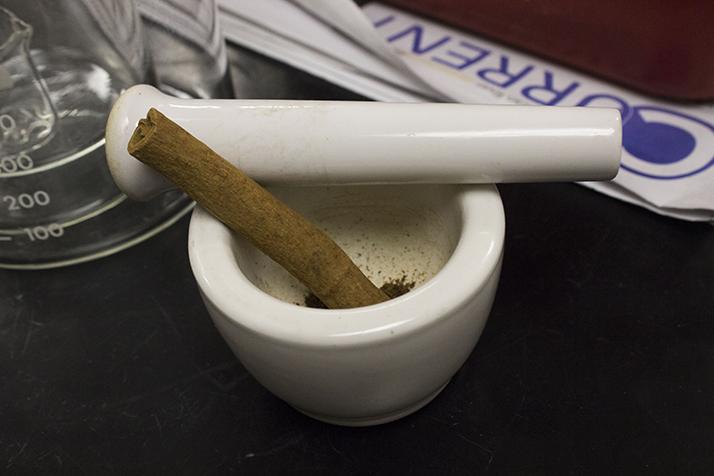
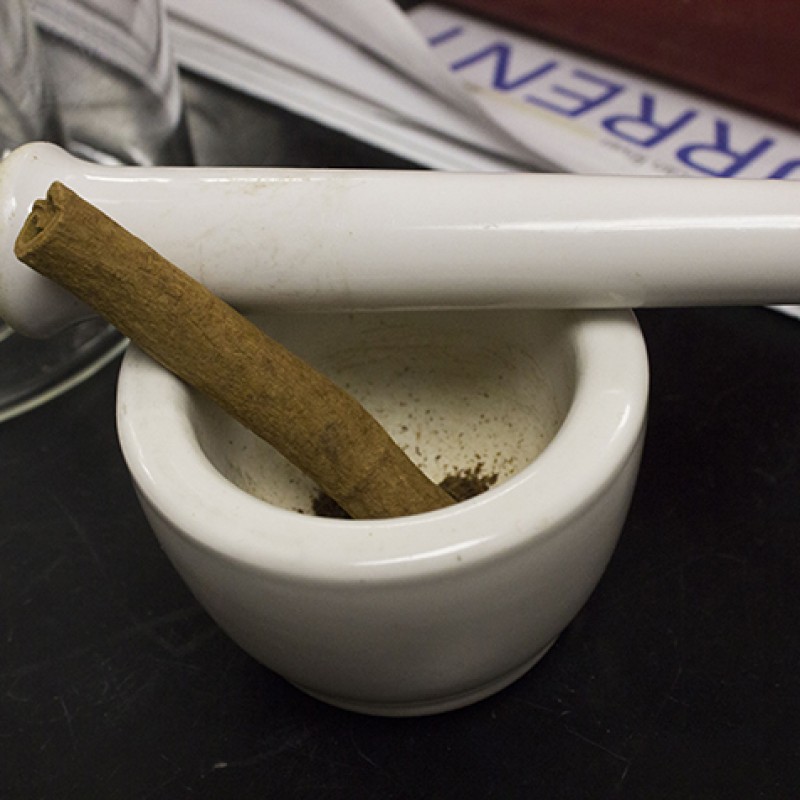
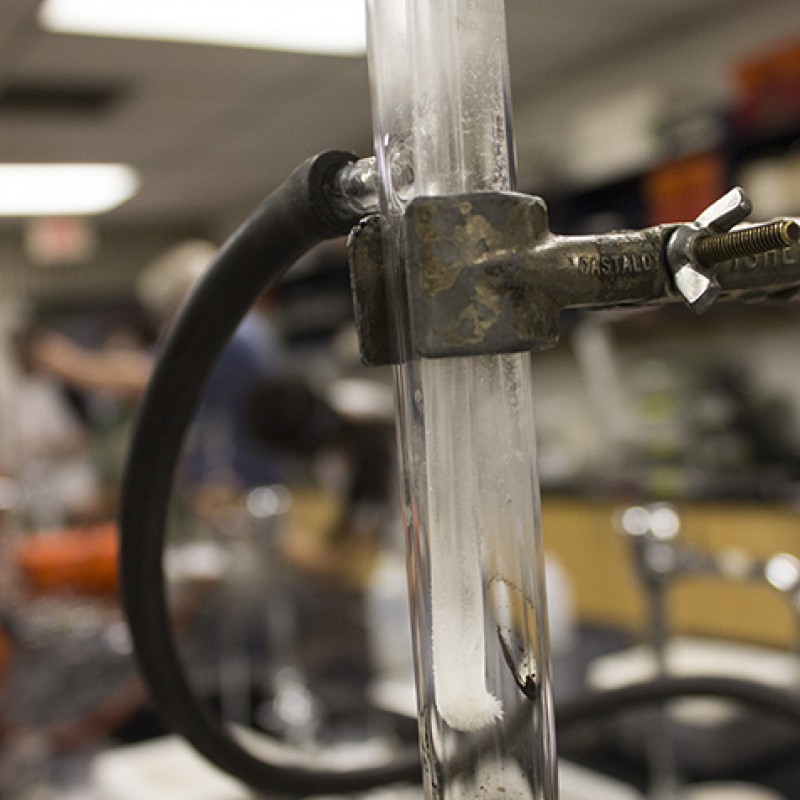
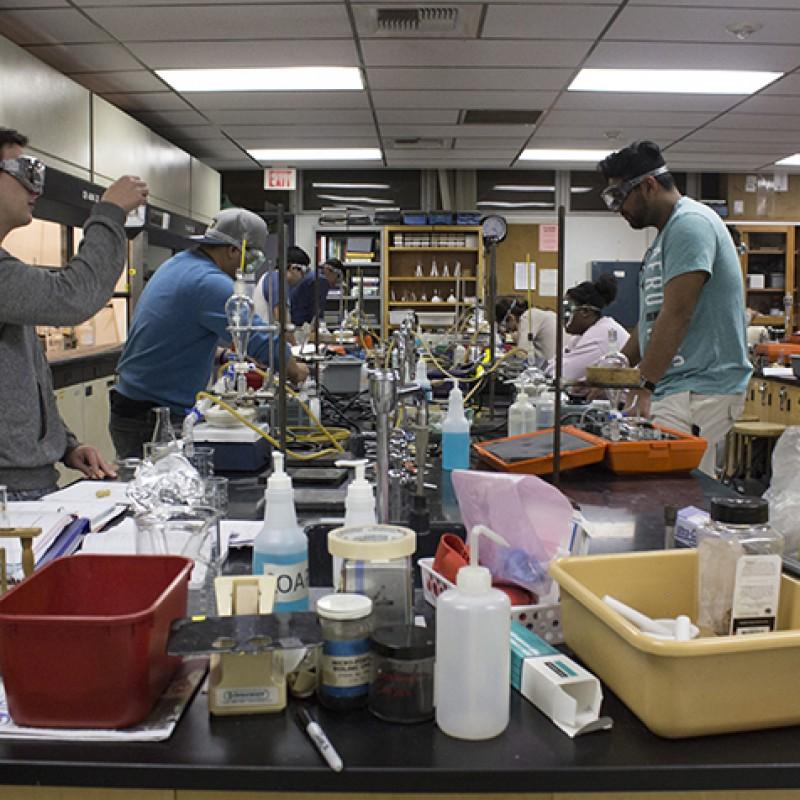
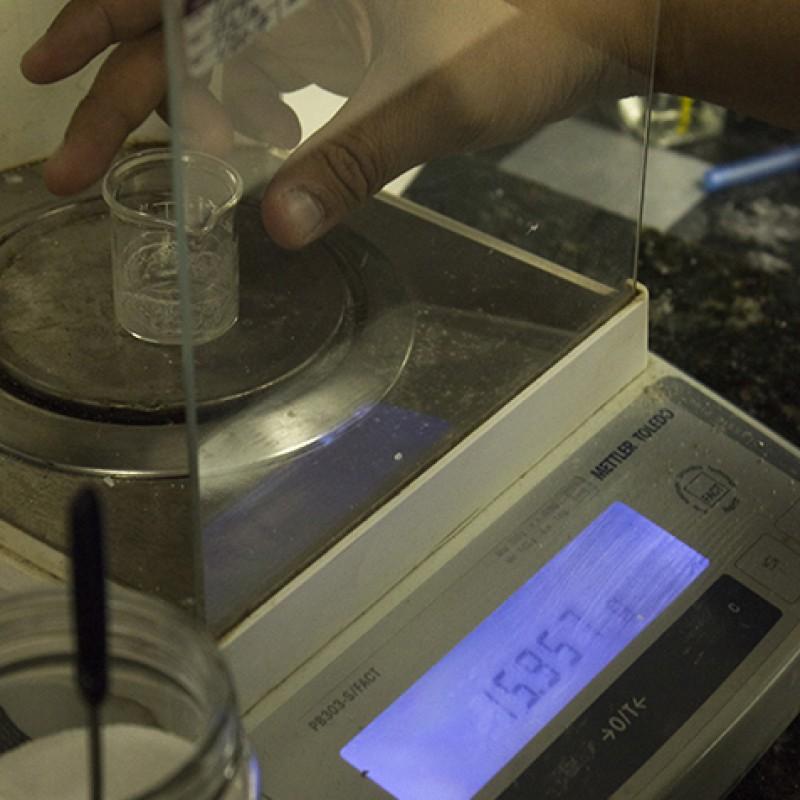
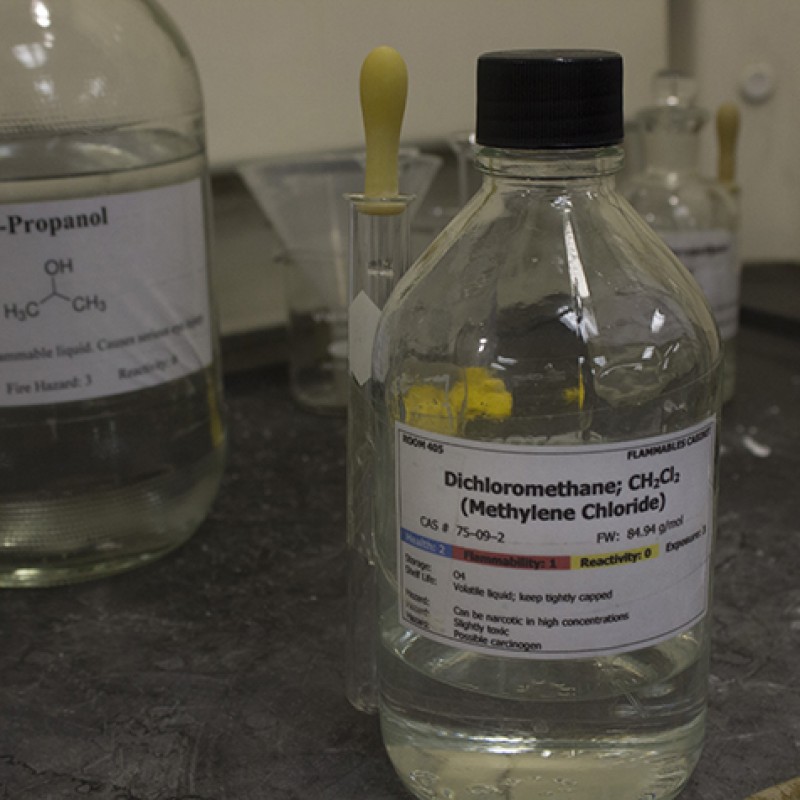
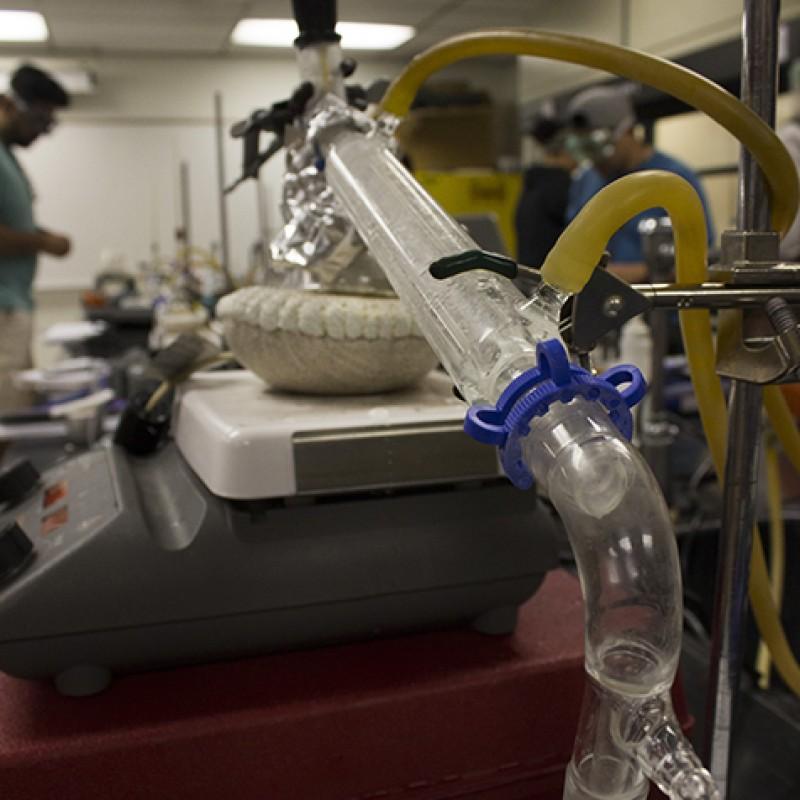
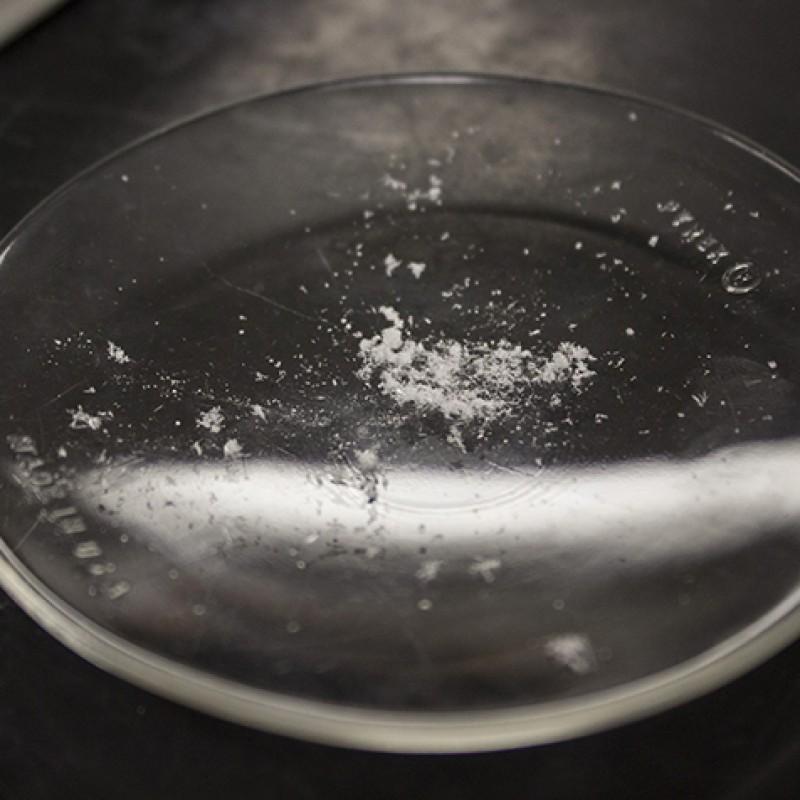
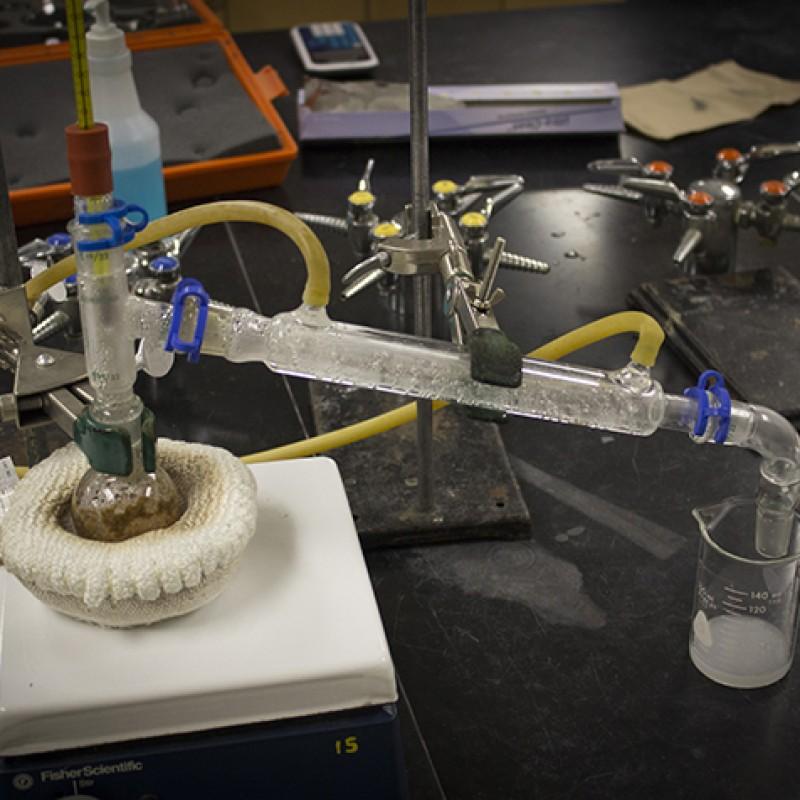
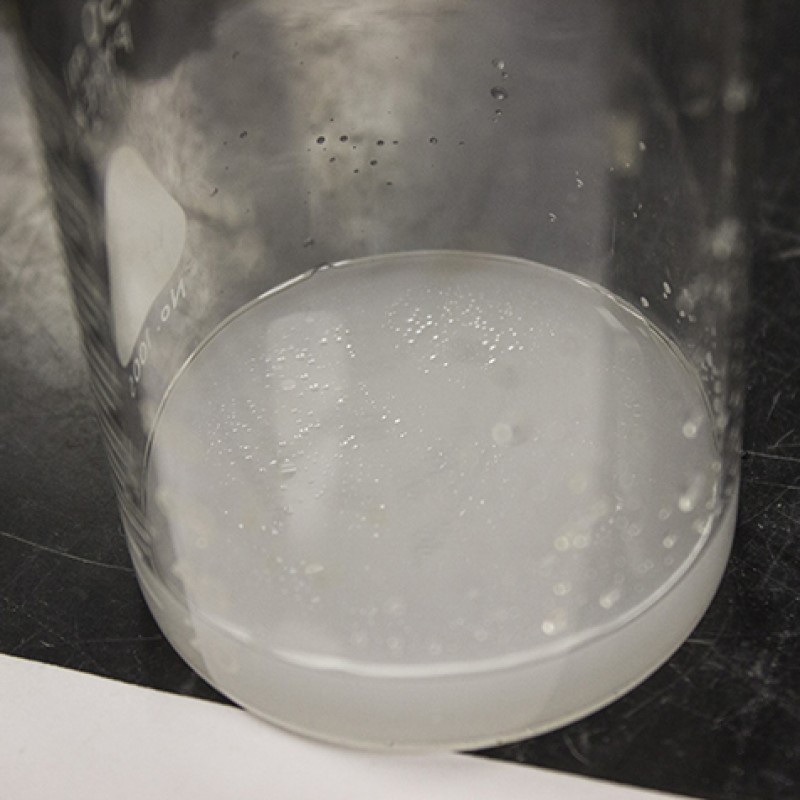
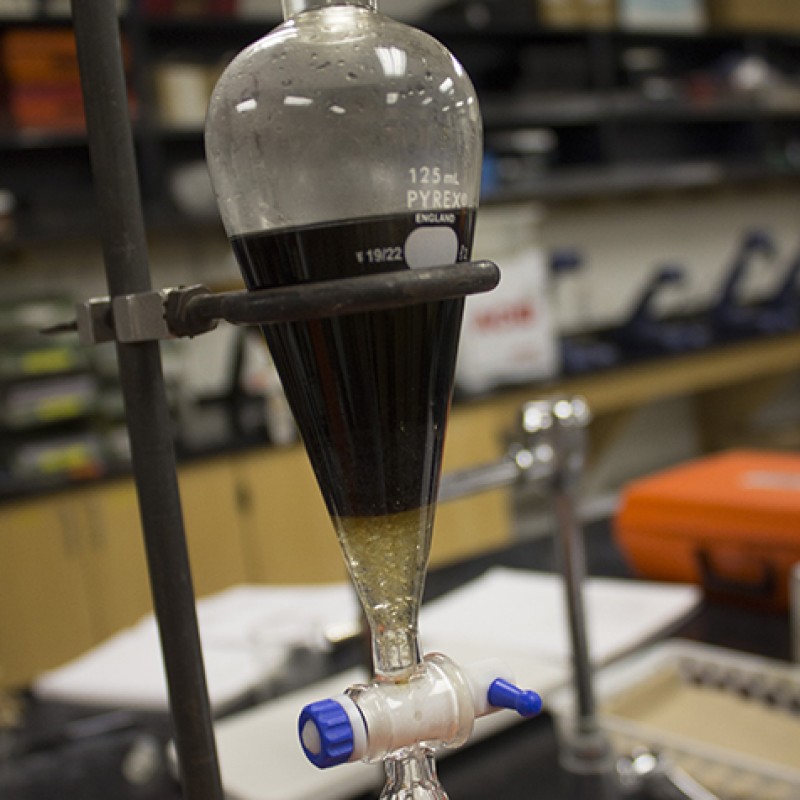
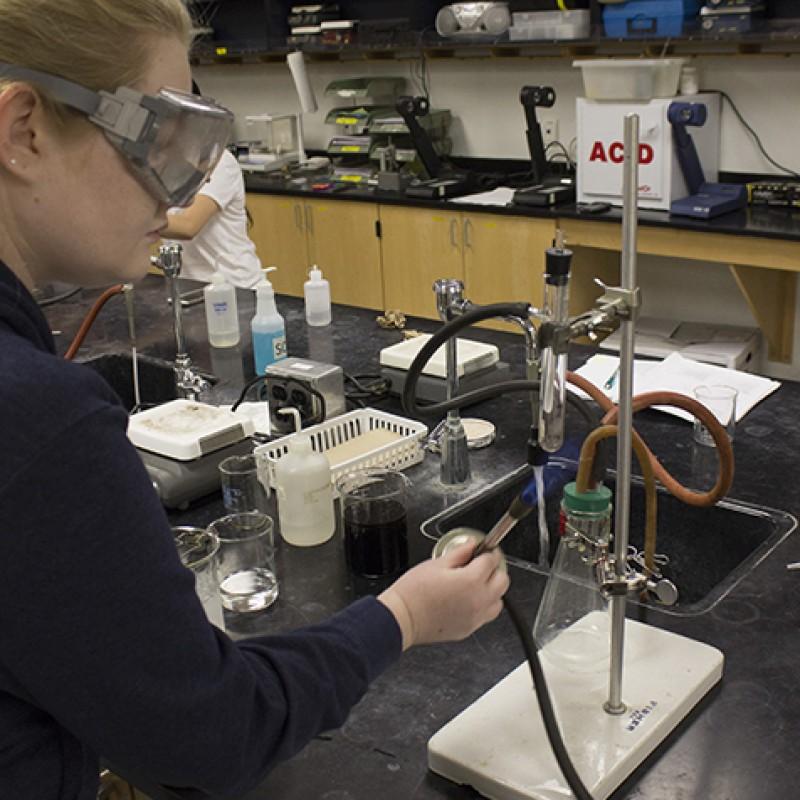

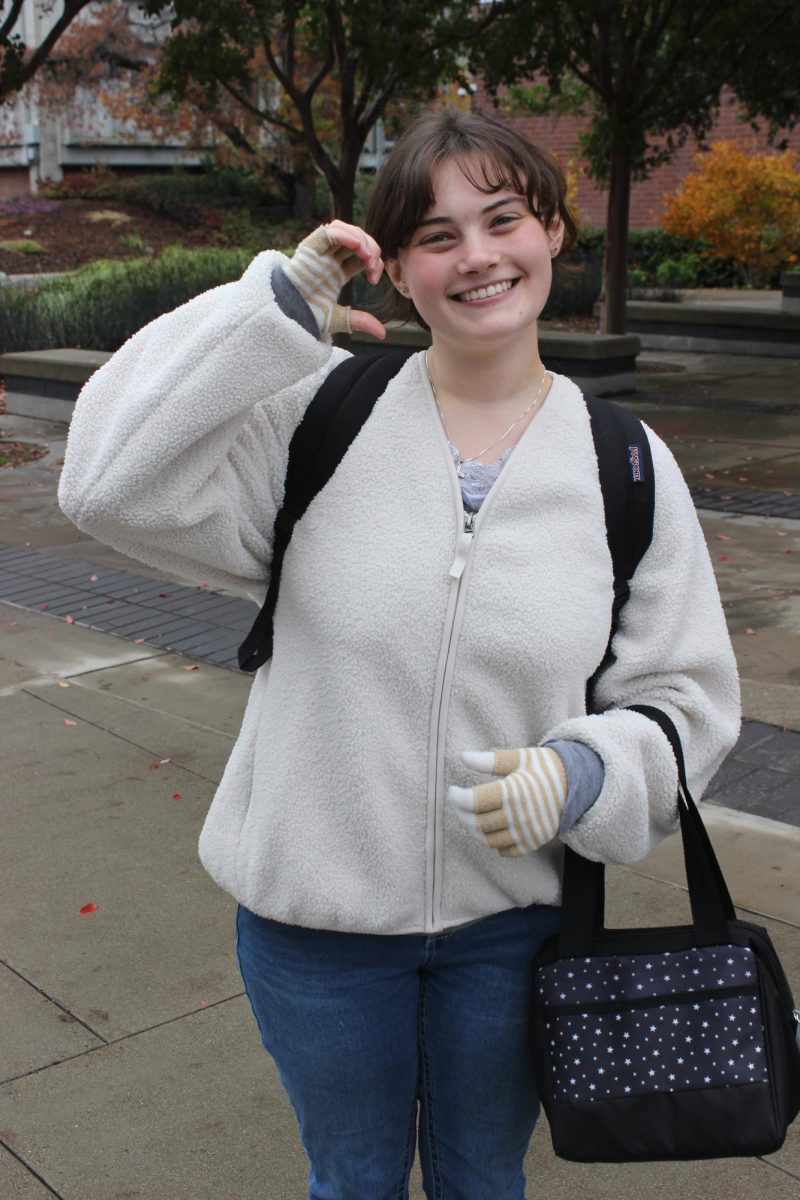
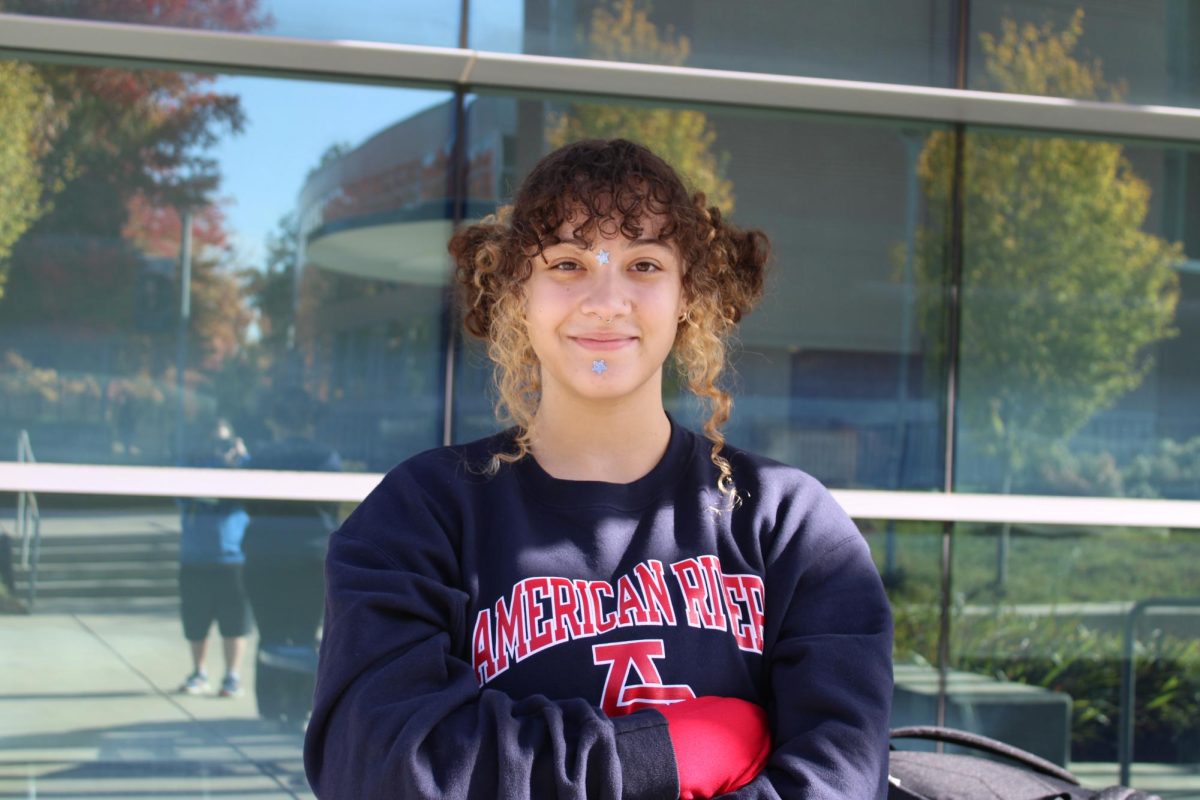
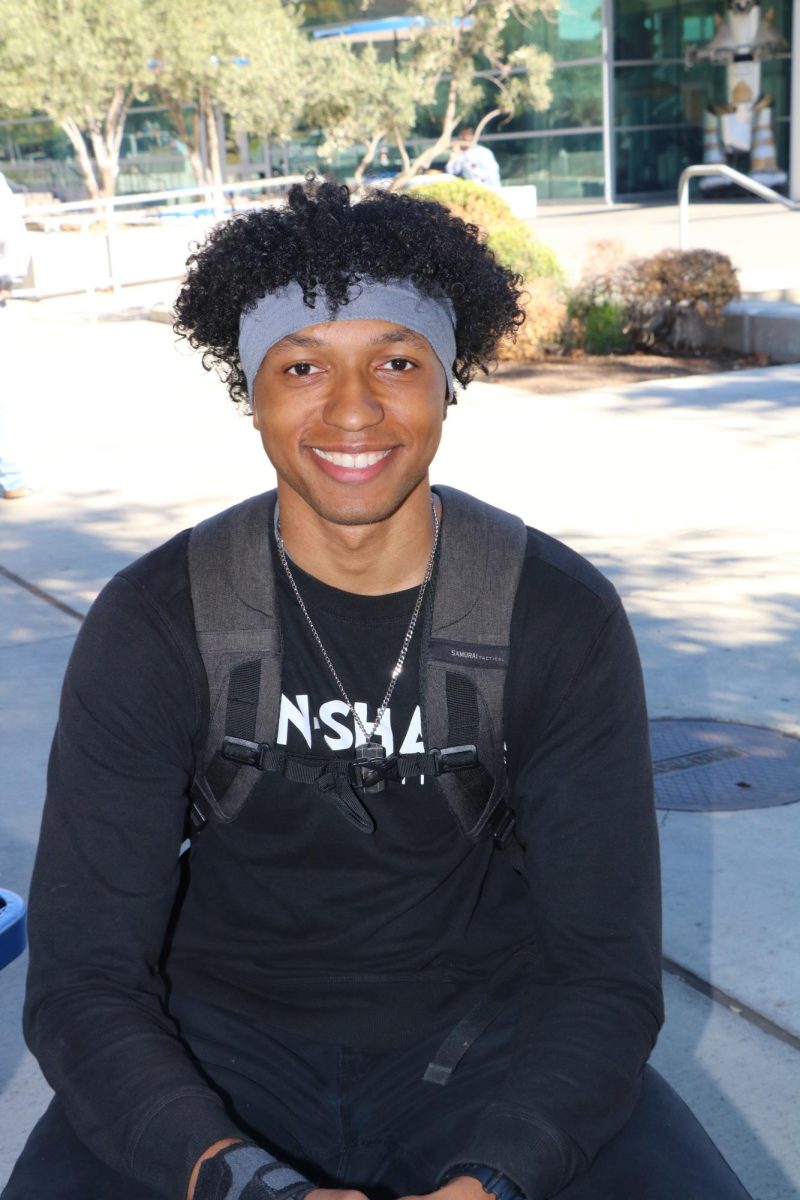
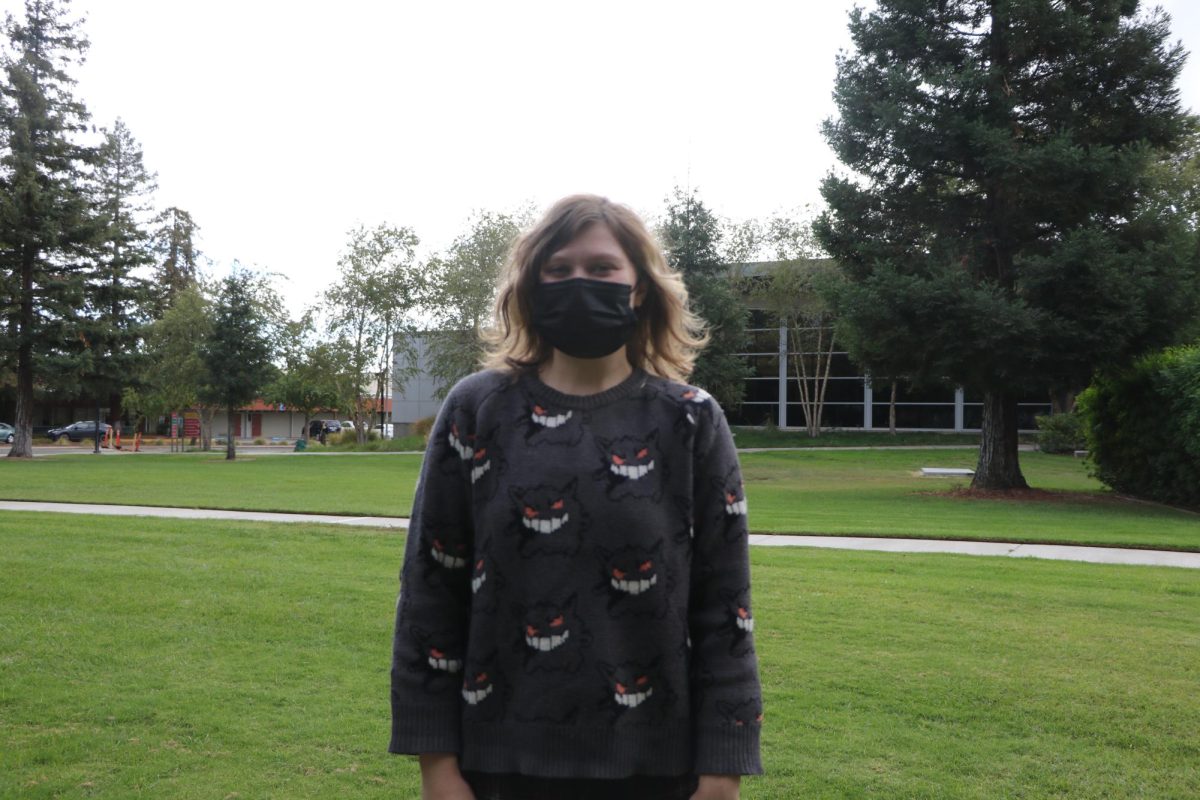







Jake Ryan • Apr 25, 2016 at 9:13 pm
I used to think organic chemistry was for nerdlingers and poindexters. Now that I’m aware of the supplementary books, youtube videos and Professor Niedzinskis, I wonder if even a bohunk like me can extract cinnamaldehyde.